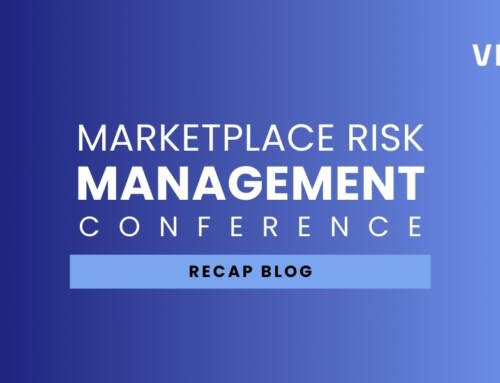Last month’s webinar focused on the importance of AML/KYC to background screening and why CRAs, in particular, should focus on it.
Panelists Amy Barbieri, Kym Kurey, and Kristin Stafford covered a variety of the industry’s latest trends, ranging from crypto to compliance and the importance of integrated monitoring services.
Here are a few key takeaways from the webinar.
- Digital transformation is an industry-wide hot topic and is being implemented into many screening processes. Whether it be onboarding, AML/KYC compliance, or crypto, organizations are moving away from previously used manual screening practices to AI and data-based solutions to better keep up with regulation and customer and internal activity.
- Legacy solutions still in place for many companies will soon no longer be enough to meet compliance requirements. Using outdated software can present numerous risks for both onboarding and AML/KYC compliance. These two areas, although different, utilize many of the same screening practices to reduce risks and mitigate fraudulent behavior.
- Crypto was also discussed and is one aspect of the financial industry that is continuing to grow. Unfortunately, cryptocurrency is a favorite for financial criminals trying to conceal their financial moves. Since there is a high potential for fraudulent or criminal behavior, the standards must be stringent.
- Meeting industry standards and regulations put in place by government agencies and the consequences of not adhering to them is an important topic. Failure to meet all compliance regulations can result in very hefty fines not only for the company but also result in employees of both screening companies and their financial service clients being charged personally for their affiliation to these crimes.
- It’s important to note that as CRAs, it’s standard to ensure that the information provided to clients is accurate and up-to-date. It’s also critical to confirm whether or not your screening will fall under FCRA or Non-FCRA purposes, as this can change what you’re allowed to do and can provide some guidelines on what you can and can not do.
- Lastly, the panelists covered monitoring. Continuous monitoring is a reasonably new term, but it’s defined as the consistent practice of providing the most up-to-date and accurate information on screened entities. This solution is necessary for many applications as it ensures that changes in status and ongoing vigilance are possible that would be difficult or impossible to track if done manually.
We appreciate everyone who took the time to attend the live webinar! If you missed the live webinar, check it out in our webinar library!





